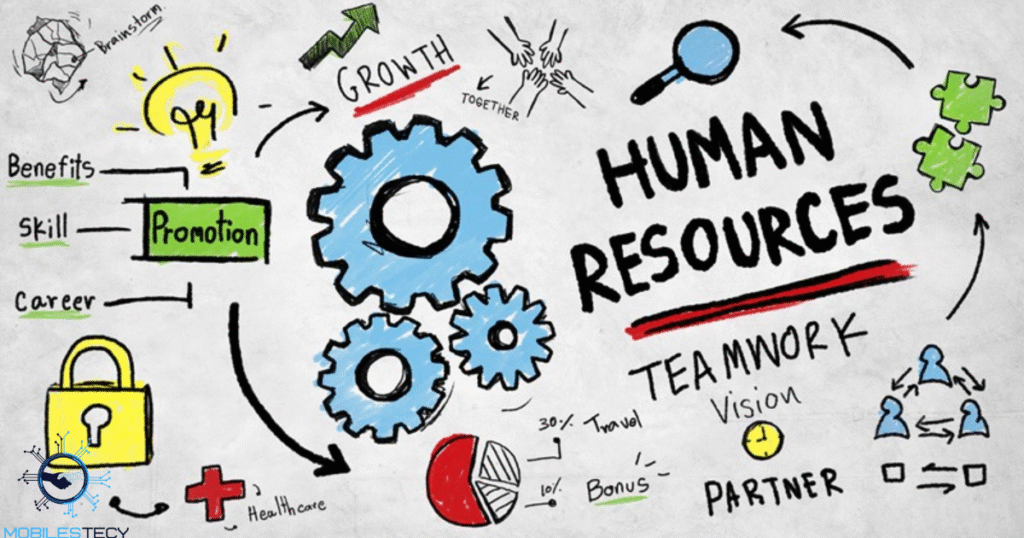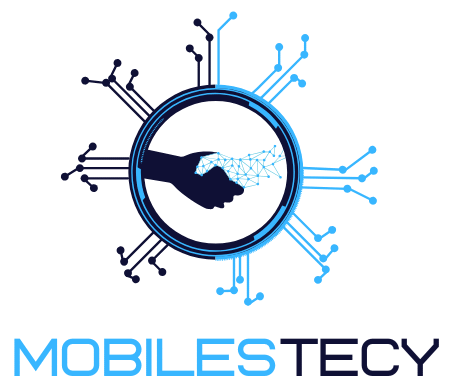Healthcare technology plays a vital role in modern medical care systems. It enhances diagnosis, treatment, and patient monitoring with advanced equipment. From imaging tools to electronic records, technology supports efficient healthcare delivery. However, without proper management, technology can become costly and ineffective. This is where Healthcare Technology Management (HTM) becomes critically important.
HTM ensures medical devices are safe, functional, and well-maintained daily. It involves planning, acquiring, and maintaining healthcare technologies across facilities. Professionals in HTM work closely with clinical and technical healthcare staff. Their role includes training users, ensuring compliance, and managing equipment lifecycles. HTM contributes directly to improved patient safety and care quality.
As medical devices become more advanced, effective management becomes more essential. Healthcare organizations must keep pace with rapid technological advancements worldwide. HTM supports strategic decision-making for purchasing and integrating new technologies. It helps hospitals reduce downtime, minimize risks, and save on costs. Understanding HTM is key to sustaining efficient, future-ready healthcare systems.
Importance of Healthcare Technology Management

Healthcare technology improves diagnosis, treatment, and patient safety in hospitals. Without proper management, devices may malfunction and compromise clinical outcomes. HTM ensures technology supports healthcare professionals in delivering accurate care. It also reduces the risk of medical errors from equipment failures. Effective HTM increases patient trust and strengthens healthcare system reliability.
HTM enables better allocation of resources through asset tracking and planning. By monitoring usage, facilities can extend equipment lifespan and save costs. It allows hospitals to invest in technology that offers greater value. Data from HTM systems supports budgeting and long-term procurement decisions. Financial efficiency is critical in today’s increasingly expensive healthcare environments.
Regulatory compliance is another critical goal of technology management practices. HTM ensures that equipment meets national and international safety standards. Non-compliance can lead to penalties, legal issues, and reputational damage. Routine inspections and documentation keep healthcare institutions audit-ready and compliant. Thus, HTM protects both patients and the organizations that serve them.
Preventive Maintenance and Equipment Reliability
Preventive maintenance plays a vital role in keeping medical equipment safe, accurate, and dependable at all times. It involves performing routine inspections, calibrations, cleanings, and part replacements before issues arise. This proactive approach helps prevent sudden malfunctions and extends the overall lifespan of devices.
Maintaining detailed service and maintenance records allows healthcare technology management (HTM) teams to monitor performance over time. Analyzing these records helps them identify trends, anticipate wear, and plan timely interventions or upgrades.
Core Functions of HTM Professionals

HTM teams assess clinical needs before purchasing new medical technology. They analyze options, evaluate vendors, and choose cost-effective solutions carefully. This strategic planning aligns technology acquisition with hospital goals and budgets. The goal is to deliver maximum value from every equipment investment. Proper selection ensures better patient care and fewer long-term maintenance issues.
Maintenance is one of the most essential duties in HTM programs. Scheduled checks help identify issues before equipment becomes non-functional or dangerous. Technicians perform calibration, cleaning, and repairs to maintain performance levels. Emergency fixes are minimized when preventive maintenance is well-executed consistently. Reliable devices lead to improved outcomes and smoother hospital operations.
Another role of HTM is user training and risk prevention. Even advanced equipment can cause harm if users lack proper training. HTM professionals educate staff to operate devices safely and effectively. They also investigate incidents and ensure corrective actions are taken. This minimizes future risks and promotes a culture of safety.
Training and Clinical Staff Support
HTM professionals train healthcare staff to use equipment safely and correctly. Even minor misuse can lead to errors, injuries, or equipment damage. Training includes startup procedures, emergency handling, and routine operational guidance. This empowers staff to work confidently and protect patient safety standards.
Ongoing support is provided for troubleshooting, updates, and new equipment launches. HTM teams respond quickly when clinicians face technical difficulties or concerns. They also promote awareness about common device misuse and prevention strategies. Strong collaboration between departments ensures smoother healthcare technology integration and use.
Challenges and Future of HTM

HTM professionals face challenges with rapid advances in healthcare technologies today. New devices and systems emerge faster than teams can adapt sometimes. Keeping up with innovation requires continuous learning and upskilling efforts. Hospitals must also manage outdated equipment alongside modern technologies. Balancing innovation and stability remains a core challenge for HTM.
Cybersecurity is a growing concern with connected medical devices and systems. Hackers can exploit vulnerabilities and disrupt patient care or steal data. HTM teams must secure networks and implement proper encryption protocols. They work with IT teams to protect patient information and systems. Securing technology is now as important as maintaining its functionality.
The future of HTM includes AI, IoT, and remote diagnostics capabilities. Predictive maintenance will reduce equipment downtime and cut operational costs. Digital twins can simulate device performance before implementing physical changes. Cloud platforms will allow remote monitoring of hospital equipment fleets. These innovations will elevate HTM’s impact on healthcare like never before.
Sustainability and Eco-Friendly Technology Practices
Sustainability is becoming a core focus in healthcare technology management today. HTM promotes energy-efficient devices and responsible disposal of outdated equipment. Green practices reduce environmental impact and lower operational costs significantly. Hospitals are adopting eco-friendly procurement policies and lifecycle planning approaches.
Recycling programs and vendor partnerships support sustainable equipment handling procedures. Used parts can be refurbished, reused, or recycled through proper channels. HTM teams help minimize e-waste while maintaining performance and safety levels. Sustainable technology management aligns with global environmental healthcare goals effectively.
- HTM ensures medical devices are safe, reliable, and properly maintained.
- Trained professionals evaluate, procure, and install equipment to meet needs.
- User training helps prevent misuse and improves device handling by staff.
- Preventive maintenance decreases downtime and keeps operations running smoothly.
- Sustainability efforts include recycling, refurbishing, and reducing medical e-waste.
Faq’s
What is Healthcare Technology Management and why is it important today?
HTM ensures medical devices are safe, efficient, and properly maintained always. It improves patient care quality, reduces risks, and supports hospital operations.
Who are the professionals involved in healthcare technology management systems?
HTM teams include biomedical engineers, technicians, and clinical equipment specialists. They collaborate with doctors, nurses, and administrators to ensure equipment reliability.
How does preventive maintenance benefit hospitals and healthcare organizations?
It reduces equipment failure, improves reliability, and extends device lifespan effectively. Preventive care also minimizes unexpected costs and enhances operational efficiency.
What role does HTM play in user training and support?
HTM professionals train staff to use equipment safely and correctly. They provide support for troubleshooting, updates, and new device implementations.
How is sustainability addressed in healthcare technology management practices today?
HTM supports eco-friendly policies like recycling and energy-efficient device usage. These efforts reduce environmental impact and promote responsible technology consumption.
Conclusion
Healthcare Technology Management is crucial in today’s modern medical care systems. It ensures all equipment functions safely, reliably, and within regulatory standards. Proper management reduces risks, improves care, and extends device service lifespans. HTM also supports cost-effective decisions through planning and performance evaluations. Its importance continues to grow with healthcare’s reliance on advanced technology.
HTM professionals play a key role in maintaining hospital technology operations. They handle equipment selection, training, maintenance, and safety across departments daily. Their expertise keeps medical devices functional, accurate, and ready for emergencies. Continuous support and monitoring reduce downtime and improve clinical staff confidence. This teamwork between technical and clinical teams enhances patient care delivery.
As technology advances, HTM must evolve to meet future healthcare needs. Trends like AI, IoT, and green solutions redefine management strategies today. Embracing innovation will help hospitals become safer and more sustainable places. HTM remains essential for quality, efficiency, and responsible technology use. A strong HTM system builds a smarter, more resilient healthcare future.
Read more latest Articles on Mobilestecy.com








